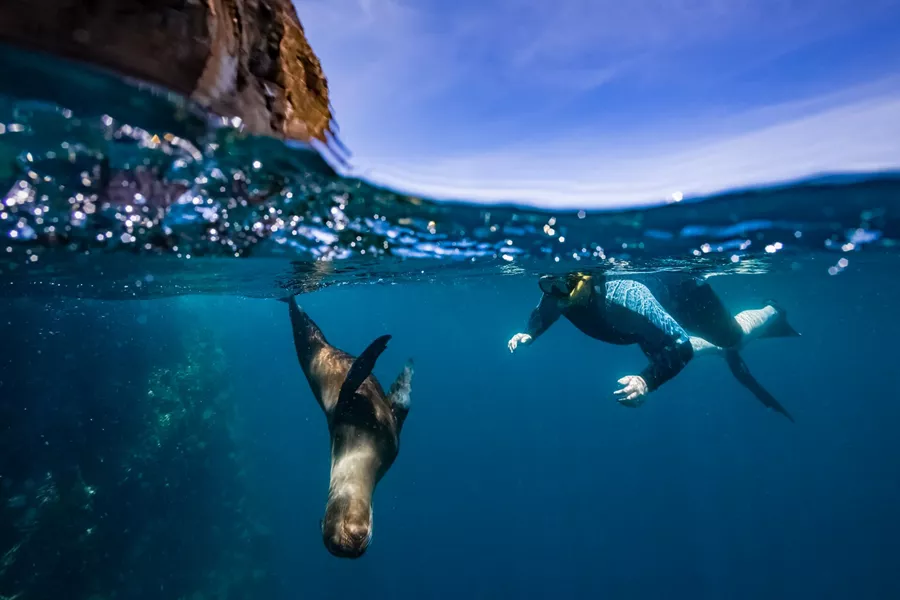Panamanians are known for their friendly and relaxed demeanour, and social interactions often begin with warm greetings. Respect for elders and hospitality are important cultural values. Dress is generally casual, but modest attire is appreciated in rural areas and religious sites. When visiting homes or local communities, it’s polite to accept offered refreshments.
Panama has a rich cultural heritage influenced by Indigenous, African and Spanish traditions, which is reflected in its music, dance and festivals. Travellers should also be aware of local laws, including the requirement to always carry identification.
Travellers will find that most tourism and hospitality staff speak English, making communication relatively easy. However, learning a few basic Spanish phrases is appreciated and can enhance interactions with locals, particularly in rural regions.









